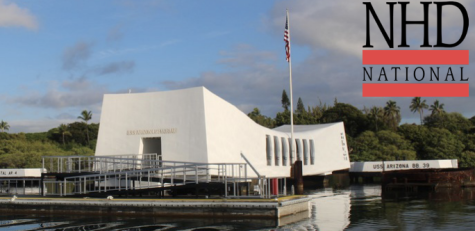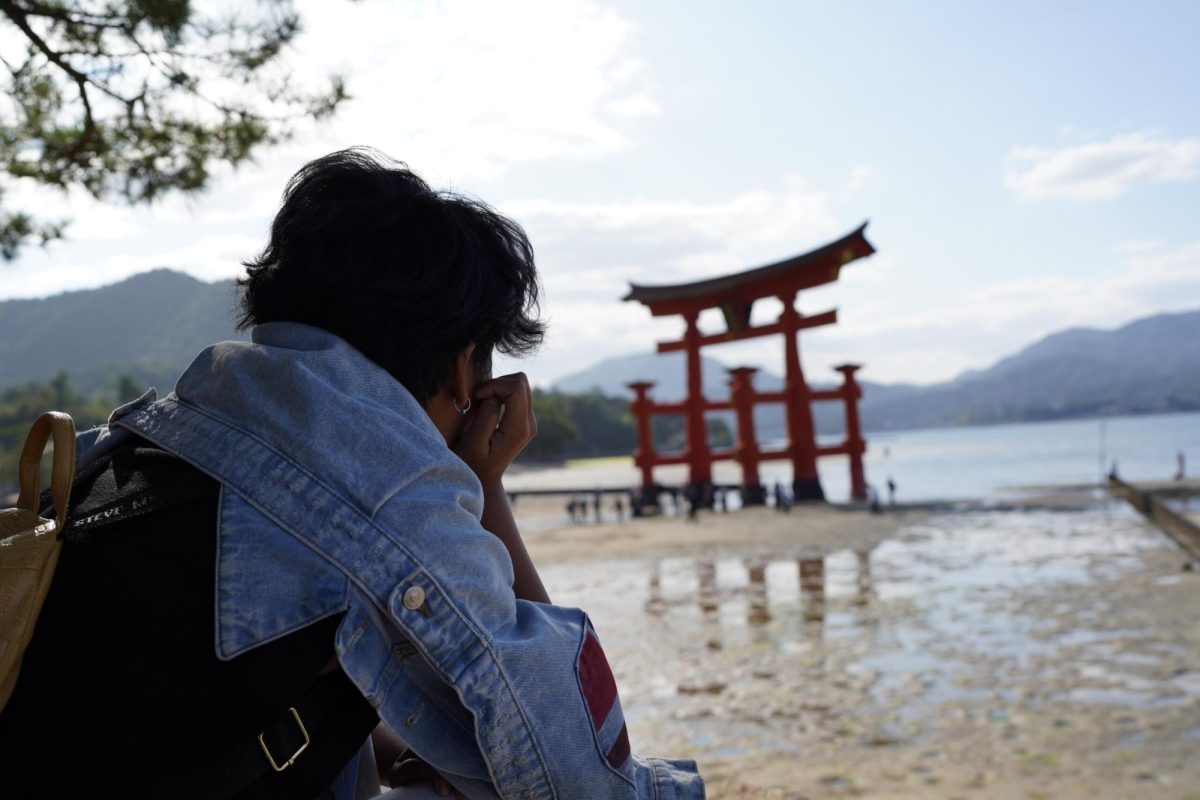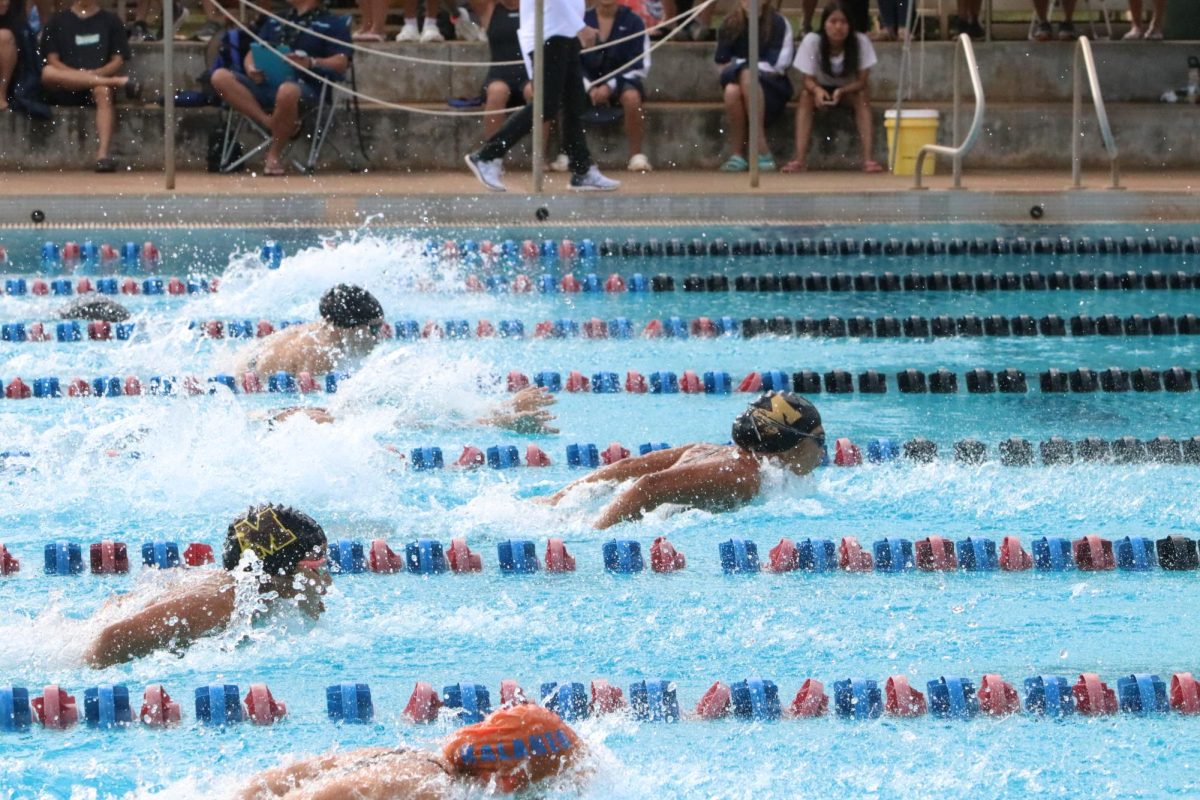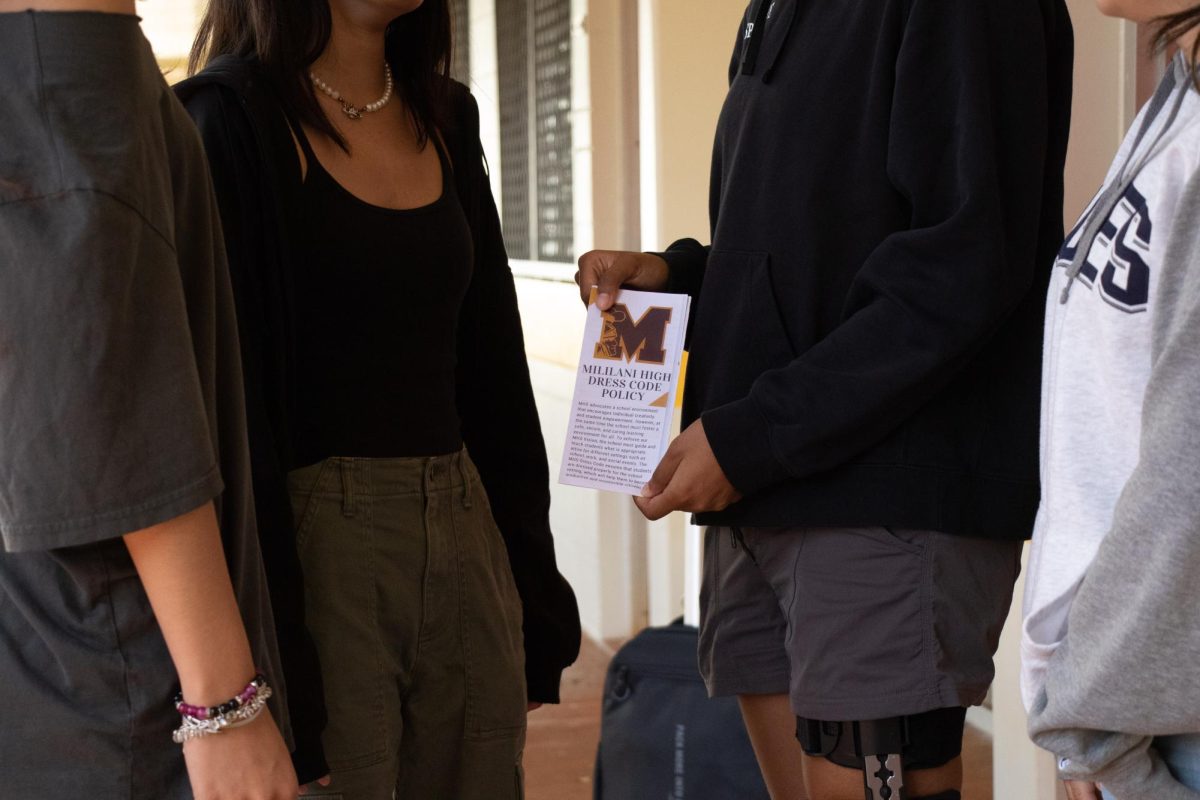Documenting A Silent Hero
March 19, 2023
A silent hero is any individual or service member of the United States Armed Forces or Civilian Support Personnel who gave their lives honorably while serving the United States. Junior Hannah Baker means to make her silent hero heard. As an extension of National History Day, the NHD Sacrifice for Freedom: World War II in the Pacific Program allows students to complete projects based on a silent hero during the battle of the Pacific in World War II. However, a high level of prestige is built upon this program as only 16 student-teacher teams are selected to participate from the entire United States. Baker happens to be one of the few students selected to partake in this program.

“I began my project when Mr. Duncan had connected me with Mr. Benavitz and we started the application process,” said Baker. “Mr. Duncan had asked me if Sacrifice for Freedom: World War II in the Pacific would be something I was interested in doing, and I said yes. He put me in contact with Mr. Benavitz, and from there, we started to fill out our application.”
The Sacrifice for Freedom program, run by National History Day and its sponsors, the Pearl Harbor Historic Site Partners, entails six months of research and preparation that culminates in the sharing of a eulogy, a writing for a deceased individual, at a silent hero graveside at the National Memorial Cemetery of the Pacific.
The application process for the Sacrifice for Freedom Program is one that requires many hours of dedication. Student and teacher teams are tasked with writing two essays regarding their interest in the program. Due to the limited roster of student-teacher teams being selected for this opportunity, the application process, ending in November,posed a difficult task to many.
“The hardest part of the project so far has been the application process to get in. Writing the essay explaining my interest in WWII took much effort from me trying to decide what to write about because I had so much to say, but luckily I had help from Mr. Benavitz to help guide me through the process. The research has taken some time, but it has yet to feel like work; I enjoy doing this type of research about either a person or an event,” said Baker. “Mr. Benavitz and I had to write two essays, one for myself and one for him, explaining our interest in the program, WWII, and how participating in the program would impact us. After what felt like forever, we received news that we were accepted into the program.”
After being one of the very few students in the entire United States selected for the program, the real work began as Baker was tasked with writing her e
ulogy for a silent hero of the battle in the Pacific.
“I spent much time looking at options for whom I could choose for my silent hero, and I decided on George Teixeira,” said Baker. “A few reasons why I chose him were because of his connection to the Battle Of Saipan and how he had spent some time in the Civilian Conservation Corps on Maui before enlisting. He enlisted into the U.S. Army and was a private at his death. He was among the first from Maui to die in the Battle of Saipan,” said Baker.
Aside from creating a eulogy for Teixeira, Baker needed to analyze the battle in the Pacific Theatre from an array of perspectives, varying from the history of the Hawaiian Islands to individual battles of the war. The main highlight of this program is a trip to Oahu over the summer to visit Pacific war sites with other student-teacher teams in order to learn more about WWII and its significance in the Pacific with students traveling to an array of key locations during the war. Some of these places include Pearl Harbor, the Pacific Aviation Museum, and the National Memorial Cemetery of the Pacific. “Since I have yet to get too far into the project, I only have some advice about it; before starting the application process, learn a little bit about your family background in WWII or recognize your connections to WWII,” Baker said. “But, for those who are just researching in general, take advantage of the available resources and not be afraid to ask for help when you’re a little lost in the research process. In addition, make sure you know where specific information comes from; some sources may have different dates or news in general, so know which ones you believe are most reliable or look into how they got their information.”
Overall, the uniqueness of the Sacrifice for Freedom Program has allowed Baker herself to not only learn more about the history of our military in the Pacific, but also to gain a newer respect and admiration for those who have fought for the future of their country.
“I have learned from this experience that there are so many untold stories from WWII. Each story is so different and deserves to be told. In addition, I have gained a better appreciation for the military and those who serve in it,” said Baker. “Coming from a military family, I have always had that application, but not like this. I have and will see the stories of individuals who died fighting for their country more closely than I haven’t before.”
For more details on the National History Day Sacrifice for Freedom Program, contact Mr. Duncan for more information at [email protected].



